Copyright 2020 - 2021 irantour.tours all right reserved
Designed by Behsazanhost
A Tour Throughout Reza Abbassi Museum
A Tour Throughout Reza Abbassi Museum
Among the rush and bustle of Shariati street of Tehran near Seyed Khandan street, just by a distance of a wall, borders of time are broken and a treasure of Iranian civilization, Reza Abbasi Museum, attracts every passerby. In this article, in addition to introducing the Reza Abbasi Museum, some important points about the manners and formalities of Visitors visiting museums are explained.
Introducing Reza Abbasi:
Reza Abbasi (15651635AD) was the most famous painter during the reign of Shah Abbas Safavi. Due to commercial and political relations with Europe during the reign of Shah Abbas I, Italian paintings prevailed in Isfahan Bazar. In addition, the Safavid Court Competing Jahangir Shah court, the kind of India, was another reason that artists were in the center of the Safavid court during their reign. Meanwhile, AqaReza was the best of the best among other artists of Isfahan. Shah Abbas assigned him a high position and then he became famous as Reza Abbasi.
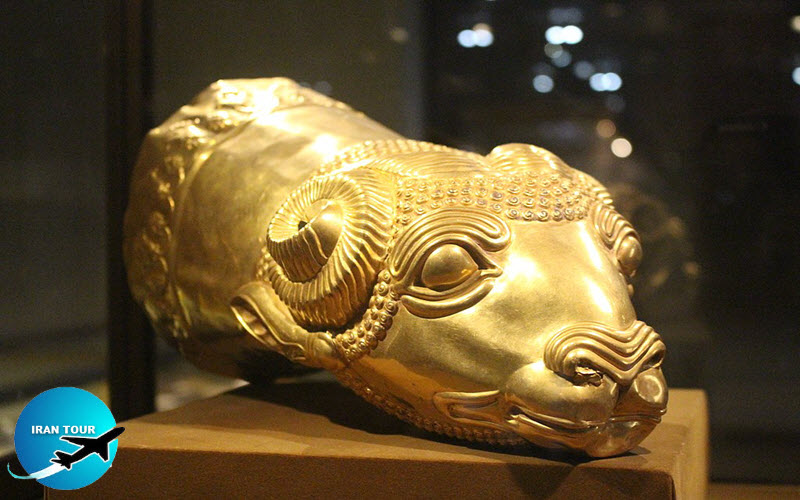 |
| A golden rhyton of ram's head, Persian Empire in Medians era, 7-6th century BC, located in Reza Abbasi Museum |
The most important and the most artistic frescoes in palaces and the house of noble people were done by Reza Abbasi and his disciples: Ali-Qapo Palace, Chehelsotun Palace, and Vank Cathedral. Sukcias House in the Jolfa neighborhood is a prominent example of this artist's paintings. His valuable innovations led to the creation of a special method in Persian painting and miniature that is known as the Isfahani Style.
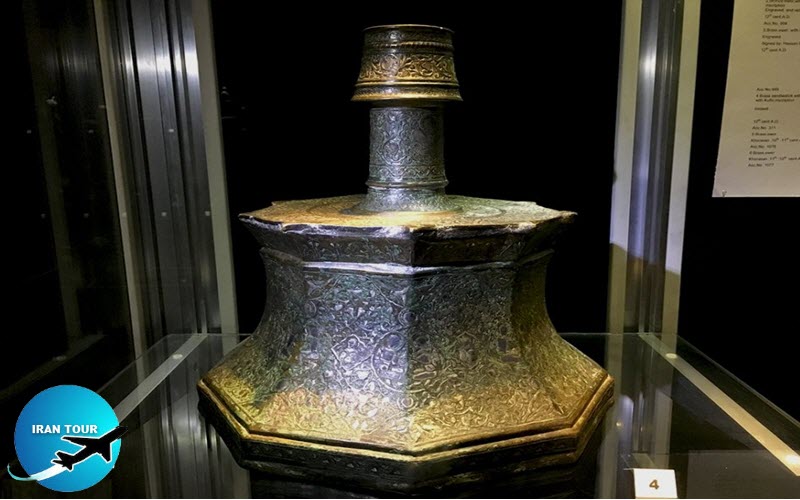 |
Reza Abbasi Museum
Reza Abbasi Museum is one of the richest historical-cultural collections in the country which can be considered a small sample of the Museum of Ancient Iran. Great diverse selected collections from the 2nd millennium BC to the 20th century AD and Qajar Era are displayed in this museum. The building of the museum belonged to a furniture and home decoration exhibition, that due to its location and architectural features came to the attention of that time officials and was bought from its original owner. The museum was officially opened in September 1977, but a year after it was closed in October 1978. At the beginning of 1979, it was reopened after some changes in interior arrangements and the expansion of exhibiting spaces. In 1984, due to domestic problems of the country, the museum was closed again and a year after it was reopened again; unfortunately, this time reopening was not successful and the museum was closed in the same year, finally, on February 3rd, 2001, after renovations, for the 5th time the museum was opened Currently, the museum is directed under the observation of Cultural Heritage, Tourism and Handicraft Organization Reza Abbasi Museum Three floor and it has Shawls that it is visited from upper floors to lower floors. Monuments in each hall are classified based on their historical period and in two general pre-Islamic and Islamic Eras.
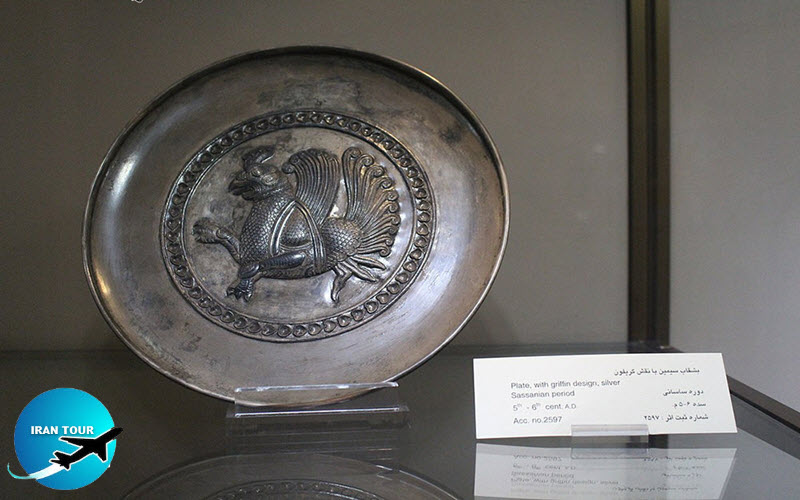 |
Halls are Pre-Islamic Hall, Islamic Hall, Islamic Hall II, Miniature Hall, and Calligraphy Hall
Pre-Islamic Hall: It is located on the 3rd floor and displays monuments from prehistoric to the historical period of Iran Pre-historical objects in this section are often from Kermanshah, Azerbaijan, Lorestan, and northern provinces of Iran; these objects date back from the 3rd millennium BC to the 7th and 8th centuries AD and includes pitchers, gray potteries, rhytons, bronze objects from Lorestan and etc. Historical Objects of this hall include objects from the Median, Achaemenid, Arsacid, and Sassanid Eras that are mostly gathered from Zivieh and Marlik archeological hills, and most of them are made from gold and bronze.
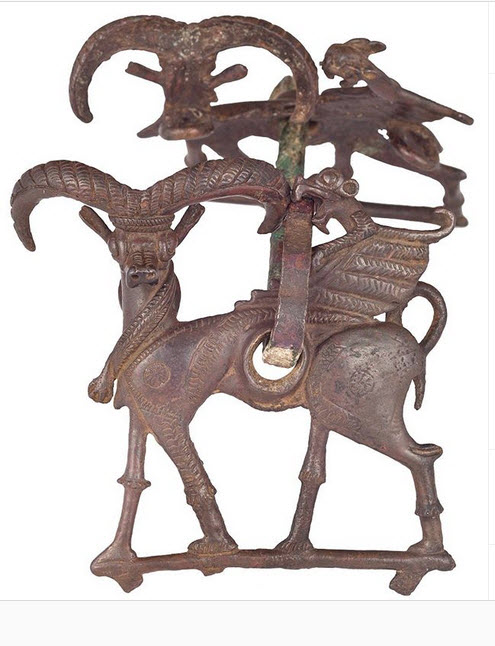 |
Islamic Hall: This Hall Is located on the 2nd floor and monuments from the early Islamic era (Sth century BC to the Seljuk Era(12th century AD) are displayed. Objects are mostly pottery and metals like brasserie objects. Moldings used in these objects include inscriptions, flower and plant and bird designs, the use of glaze with different methods, and dishes molded with enamels, Zarrinfam, and shelly designs.
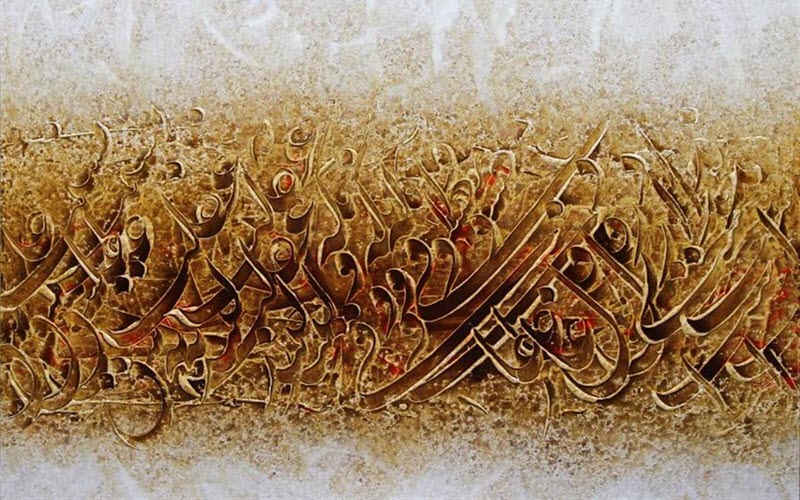 |
Islami Hall II: This hall is also located on the 2nd floor and its monuments are Islamic, too. Objects are mostly from the 15th and 16th century AD to the Qajar Era Molding are mostly humanistic and animal designs, with the use of transparent glaze, etching, engraving, dishes with silver moldings, and lacquered objects, that mostly gathered from Soltan-Abad, Mashhad, Kerman, and Isfahan.
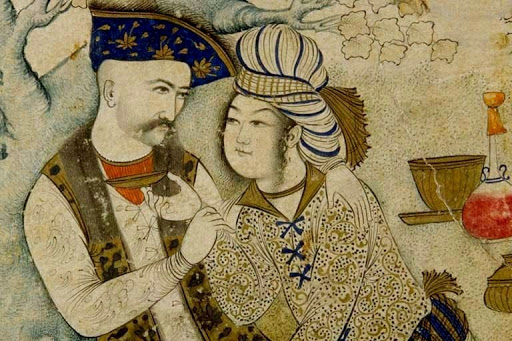 |
Miniature Hall: The 4th hall, a miniature hall, is located on the 1st floor. Miniatures are from the 15th century to Qajar Era and include various versions of Shahnameh (Qavam Davari Shah Esmail, and Shah Tahmaspversions), and literary books such as Bustan and Gulistan books of Saadi, Majma ol-Tavarikh, Khamseh Nezami, Eskandar Nameh, and many oil paintings belong to the Qajar Era. The best collection of this hall are belonging to Reza Abbasi: single paintings with subjects of a lonely man sitting in quiet, a young man with a cup in hand, and other alike subjects; in addition, there are masterpieces from Reza Abbasi apprentice, Moein Mosavar, who followed his master art; these miniatures
- Details
- Category: What to see in IRAN